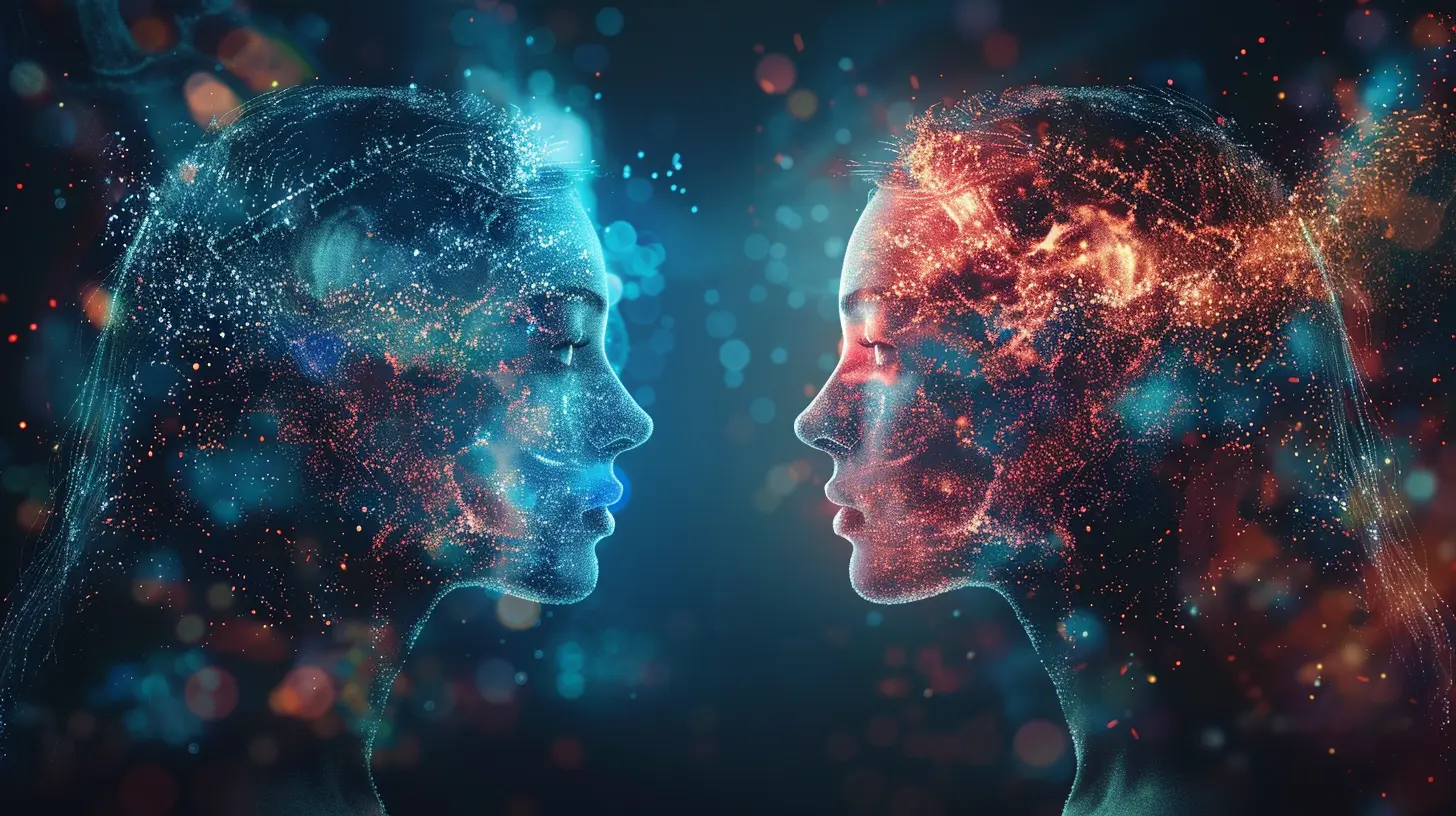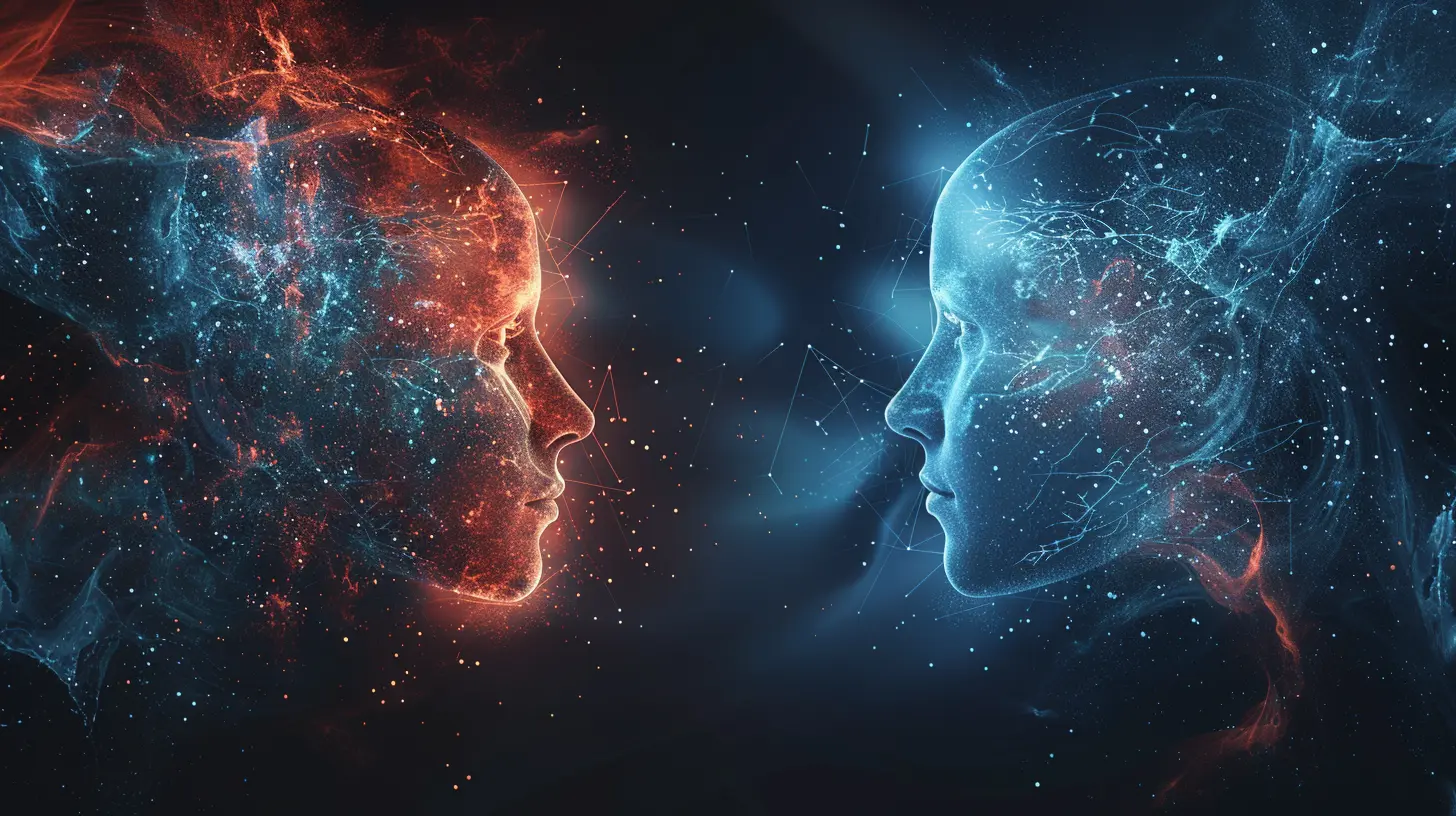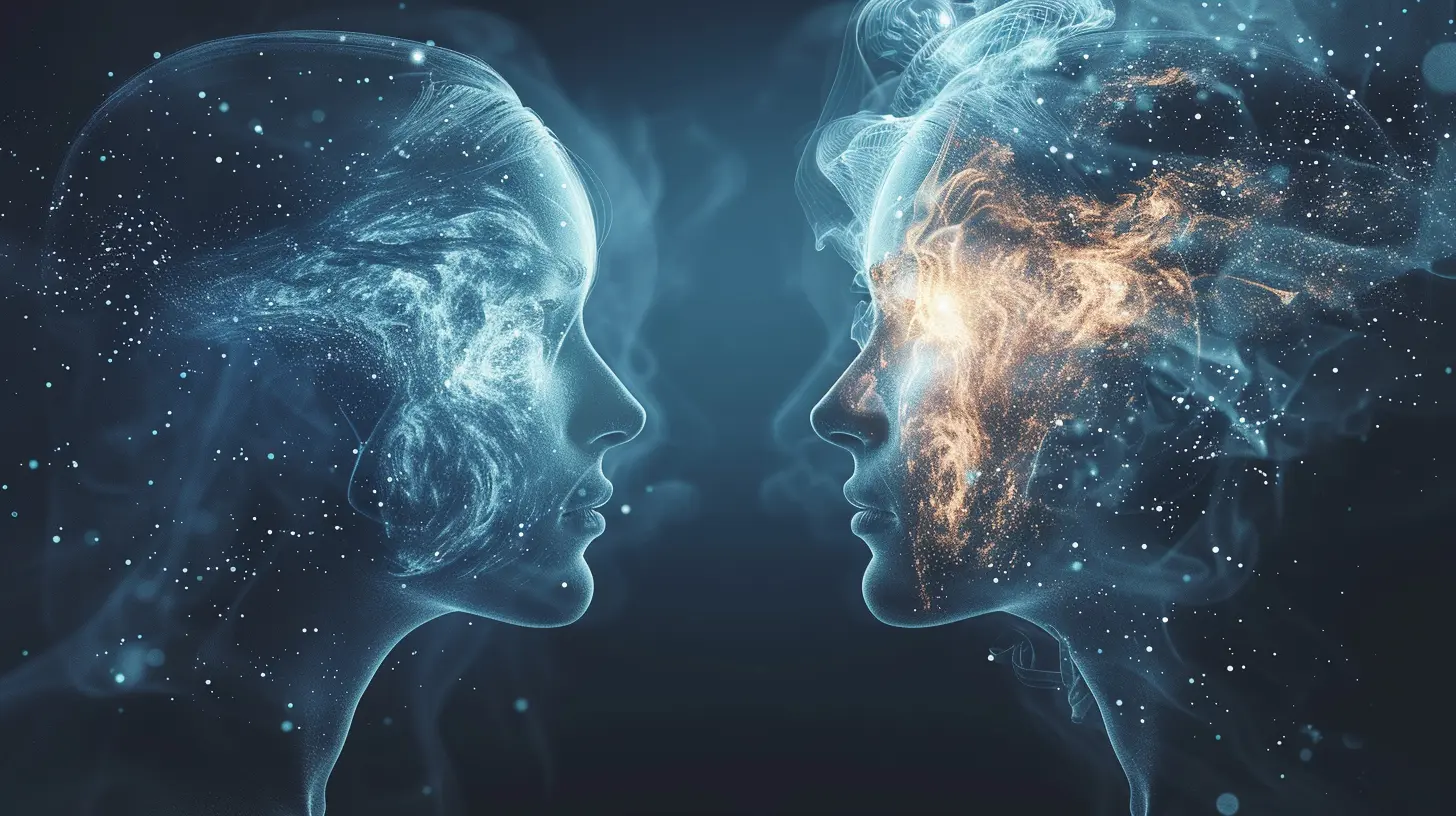The Role of Mirror Neurons in Empathy and Learning
8 July 2025
Have you ever felt someone’s pain just by watching them stub their toe? Or found yourself mimicking someone’s yawning, smiling, or even their posture without even thinking about it? That’s not just a quirk of human behavior—it might be your brain’s mirror neurons kicking in.
There’s something pretty fascinating going on inside our heads. We’re not just observers of the world around us; we’ve got these mental “mirrors” that help us connect, emulate, and deeply relate to others. Mirror neurons have been the darling of neuroscience and psychology for a while now, and for good reason—they might be the hidden engine behind empathy and learning.
Let’s unpack this mind-blowing concept in a human way, not some dry academic jargon. By the end of this read, you'll have a better understanding of how mirror neurons shape the way we feel, interact, and grow.
What Exactly Are Mirror Neurons?
Okay, so let’s start with the basics. Mirror neurons are a special type of brain cell that "fire" both when we perform an action and when we observe someone else performing that same action.Think about it—if you watch someone slicing a lemon, your brain activates some of the same areas as if you were actually doing the slicing yourself. You might even wince a little if they accidentally nick their finger. That’s mirror neurons doing their thing.
They were first discovered in the early 1990s by a team of Italian researchers studying macaque monkeys. These scientists noticed that certain neurons in the monkeys’ brains fired both when the monkeys grabbed an object and when they watched a human grab the same object. It was like the brain was mimicking the action internally.
So, what does this mean for us humans? Quite a lot, actually.
Mirror Neurons: The Emotional X-Ray Vision
One of the most fascinating roles mirror neurons play is in empathy. You know how sometimes you can just feel someone else’s emotions? That powerful sense of connection might not be just intuition—it could be your mirror neurons translating someone else’s experience into your own internal language.How They Help Us “Feel” Others
When you watch someone cry, wince in pain, or laugh with joy, your mirror neurons activate similar emotional patterns in your own brain. It’s like an invisible emotional Wi-Fi signal beaming their feelings straight into your brain. That’s why watching someone sob in a movie can stir tears in your eyes, even though you know it’s fiction.This mirroring doesn’t just happen in emotional situations—it’s happening all the time, often without us realizing it. It’s part of how we build relationships and connect with other people.
From Empathy to Compassion
Okay, so empathy is feeling with someone. But what about doing something for someone? Mirror neurons could be the first spark that triggers compassion. Feeling someone else’s pain might make us more likely to help them or change our behavior for their benefit.They form the neurological groundwork that allows us to recognize suffering—and then do something about it.
Mirroring in Action: Learning by Watching
Ever watched a YouTube tutorial to learn how to play guitar, bake sourdough, or fix a leaky faucet? Thank your mirror neurons for making that possible.Imitation: The First Step in Learning
One of the most powerful ways we learn is through imitation. Babies do it. Adults do it. Athletes do it. Even artists. Mirror neurons are why we can learn by watching rather than doing everything first-hand.When a child watches a parent wave, they’re not just seeing a gesture—they’re experiencing it mentally, rehearsing it even before their own little hand makes the move. This process is key to learning language, social skills, and even cultural norms.
Athletic and Skill-Based Learning
Elite athletes often visualize their moves before executing them. This mental rehearsal actually activates the same motor pathways as physically practicing. Mirror neurons help the brain prime itself by observing.Ever heard the phrase "practice makes perfect"? Turns out, watching practice also helps to some extent.
Mirror Neurons and Social Connection
Humans are social creatures. And to function in society, we have to understand each other—sometimes without even speaking. Mirror neurons help us “read the room” by letting us tune into other people’s body language, tone of voice, and micro-expressions.Building Rapport in Conversations
When two people are really vibing in a conversation, you’ll notice them mirroring each other’s posture, gestures, and speech patterns. That’s not coincidence. That’s mirror neurons at play, helping us build rapport and trust.Ever had a conversation where everything just flowed, where it felt like the other person got you? That’s the synchrony created by mirror neuron systems aligning.
Autism and Mirror Neuron Theory
Some researchers have suggested that differences in mirror neuron systems could play a role in conditions like autism. People on the spectrum often find it challenging to intuitively recognize others' emotions or intentions. While this is a complex field with many variables, it’s possible that a disruption in how mirror neurons function may contribute to those difficulties.It’s a developing area, but it shows just how central these neurons might be in shaping our social world.
Mirror Neurons in Education: Changing the Way We Teach
Let’s shift gears a bit and talk about how all this plays out in the classroom or learning environments.Learning by Observation
Teachers and mentors often underestimate how powerful demonstration can be. It’s not just about hearing information—it’s about seeing it in action. Thanks to mirror neurons, when a teacher models how to solve a math equation, students’ brains light up as if they’re doing it themselves.This has huge implications for how we design educational curriculums. Visual learning and modeling behavior aren’t just helpful—they’re vital.
Emotional Contagion in the Classroom
Teachers’ moods can also trickle down to students. Ever walked into a classroom where the teacher was clearly stressed or angry? Chances are, the whole room felt tense. That’s emotional contagion driven by mirror neurons.On the flip side, a calm, enthusiastic teacher can lift the entire energy of a class. Modeling not just cognitive skills but emotional regulation might be just as important.
Can We “Train” Our Mirror Neurons?
Great question. While we can’t exactly pump iron at the "mirror neuron gym," there’s evidence that we can strengthen our ability to empathize and connect by being more mindful and observant.Mindfulness and Awareness
Meditation practices that focus on loving-kindness or compassion may help enhance our empathy circuits. Simply paying closer attention to the people around us and reflecting on their experiences can help “activate” these mirroring systems more intentionally.Engaging with Stories
Watching movies, reading books, or listening to people’s personal stories isn’t just entertaining—it’s empathy training. Immersing yourself in others’ perspectives helps mirror neurons stretch and flex, creating stronger emotional resonance.The Dark Side: When Mirroring Goes Wrong
Okay, so mirror neurons sound like superheroes, right? Well, not always.Emotional Overload
Empathy is good—but too much can be overwhelming. People with high emotional sensitivity can sometimes experience burnout or compassion fatigue, especially those in caregiving roles. Their mirror neurons might be over-engaged, constantly mirroring others' distress without enough emotional boundaries.Unconscious Bias and Prejudice
We tend to mirror people we identify with. This can lead to unconscious exclusion of those who look, speak, or act differently. If our mirror neurons are less active with people outside our perceived “in-group,” it could reinforce social biases.Being aware of these tendencies is the first step toward creating more inclusive connections.
Mirror Neurons Are Not the Whole Story... But They’re a Big Part of It
Now, let’s not get carried away. Mirror neurons alone don’t explain all human empathy or learning. Our brains are beautifully complex, with many overlapping systems working together. But mirror neurons offer a compelling window into how we simulate and understand the world through others.Science is still unraveling exactly how these neurons work, but even now, we know one thing: They bridge the space between “me” and “you” in a way that makes human connection possible.
Final Thoughts: Mirrors in the Mind
The next time you catch yourself tearing up during a sentimental commercial, yawning because your coworker did, or copying your friend's hand gestures mid-conversation, remember this—you’ve got mirror neurons in your corner.They're like backstage technicians pulling the strings of our social and emotional lives, helping us walk in someone else's shoes, even if just for a moment.
And maybe that’s the most human thing of all.
all images in this post were generated using AI tools
Category:
Psychological TheoriesAuthor:

Nina Reilly
Discussion
rate this article
1 comments
Astralis McMahan
This article beautifully highlights the profound connection between mirror neurons, empathy, and learning. Thank you for shedding light on such an essential aspect of human interaction!
July 18, 2025 at 4:04 PM

Nina Reilly
Thank you for your kind words! I'm glad you found the article insightful.


